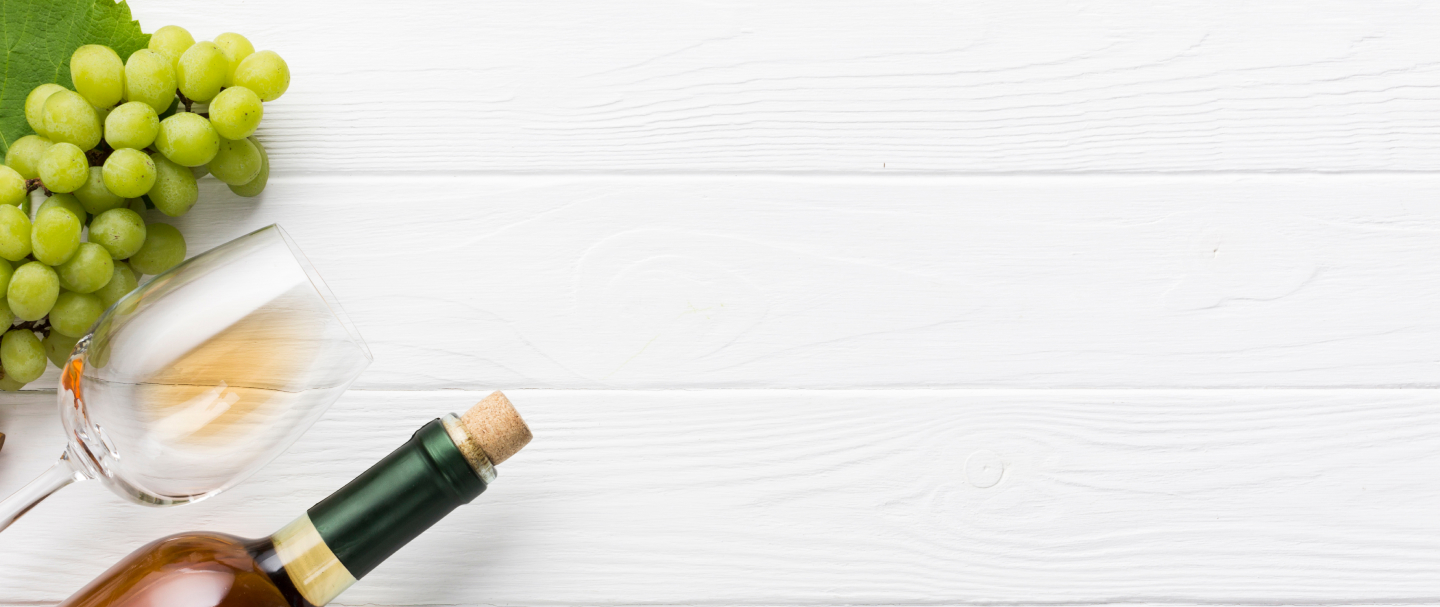Do we ship to you?.
Also Recommended
Picture
Product Name
Vintage
Price
Varietal
Country
Region
Appellation
Size
Additional Discount
Original Item
2018
$58.50
Misc Red
Italy
Trentino/Alto Adige
Vigneti Delle Dol...
750ml
12B / $57.33
Better Price
2019
$41.09
Misc Red
Italy
Sicily
Etna
750ml
6B / $40.30
Better Price, Better Score
2019
$41.09
Misc Red
Italy
Sicily
Etna
750ml
6B / $40.30
More wines available from Weingut Nusserhof
750ml
Bottle:
$29.95
Blatterle (the grape name has two t’s) is an old white varietal indigenous to the area which nearly became extinct....
750ml
Bottle:
$44.94
100% Lagrein. Nusserhof makes three different Lagreins, this Riserva bottling being the main one, from this...
750ml
Bottle:
$39.84
85% Schiava/15% other. Known locally as Vernatsch, Schiava is a thin-skinned grape native to the Alto Adige and on...
More Details
Winery
Weingut Nusserhof

Region: Trentino/Alto Adige
The Italian wine region of Trentino-Alto Adige is often considered to be Italy's finest and most unique wine region, with centuries of history, and a range of different influences coming from the region's proximity to Germanic countries, as well as places like Lombardy and Venezia. However, it is usually Trentino-Alto Adige's alpine nature which causes wine fans to become the most excited, as the beautiful terroir in the foothills of the Italian Alps produce wines which are packed full of fascinating and unique attributes, due to the crystal mountain waters and plentiful minerals present in the soils of the vineyards. The three native grape varietals of the area are still used in Trentino-Alto Adige's wines, however, it is more common to find excellent imported grapes listed on the region's bottles, as great success has been had with Pinot Gris, Cabernet Sauvignon and Chardonnay grapes over the years.

Country: Italy
There are few countries in the world with a viticultural history as long or as illustrious as that claimed by Italy. Grapes were first being grown and cultivated on Italian soil several thousand years ago by the Greeks and the Pheonicians, who named Italy 'Oenotria' – the land of wines – so impressed were they with the climate and the suitability of the soil for wine production. Of course, it was the rise of the Roman Empire which had the most lasting influence on wine production in Italy, and their influence can still be felt today, as much of the riches of the empire came about through their enthusiasm for producing wines and exporting it to neighbouring countries. Since those times, a vast amount of Italian land has remained primarily for vine cultivation, and thousands of wineries can be found throughout the entire length and breadth of this beautiful country, drenched in Mediterranean sunshine and benefiting from the excellent fertile soils found there. Italy remains very much a 'land of wines', and one could not imagine this country, its landscape and culture, without it.


